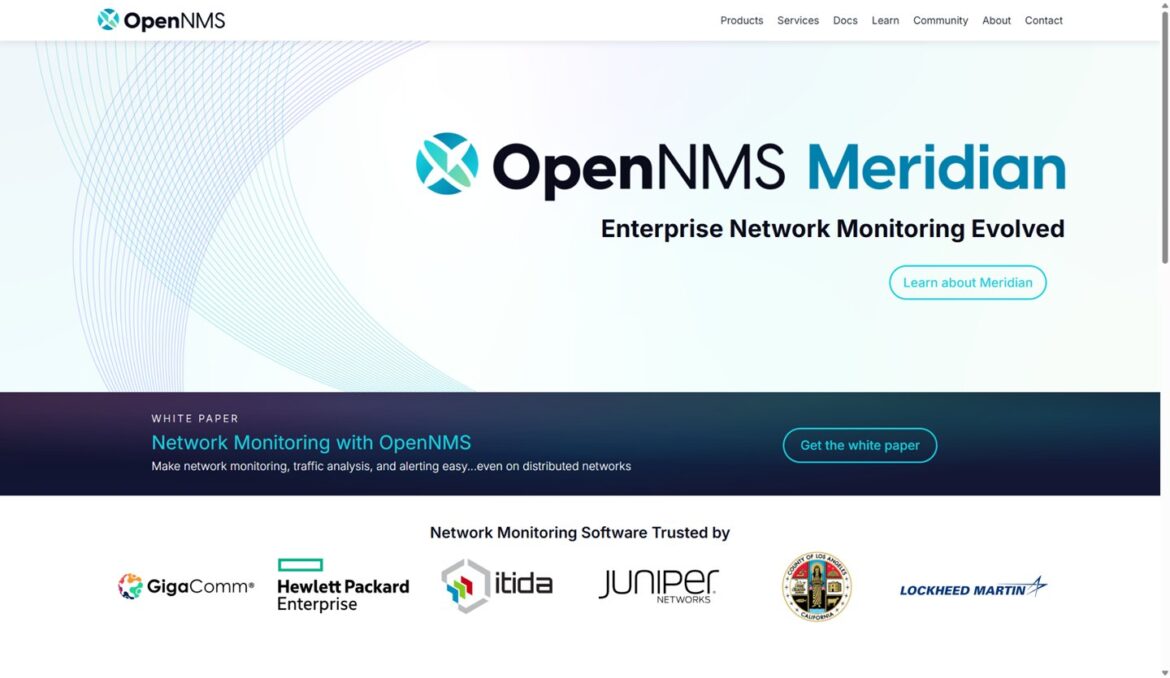Sony has lined up its next PlayStation State of Play showcase, and this one is all about a single game. It will focus on 007 First Light, the long-awaited James Bond adventure from Hitman studio IO Interactive. It starts at 2PM ET on September 3 and you can watch it on the PlayStation YouTube and Twitch channels (there’ll also be a version of the video with English subtitles on YouTube). You can also just hit the play button on the YouTube video above when the time is right.
The showcase will run for over 30 minutes and it will feature a deep dive into gameplay, including a full playthrough of a young Bond’s first mission. Over on the PlayStation Blog, IOI said to expect “everything from high-speed car chases to on-foot stealth sequences and shootouts.” Following that, IOI will offer up more details on 007 First Light gameplay. Perhaps we’ll also get a release date or narrower window for the action-adventure game, which is slated to hit Nintendo Switch 2, PlayStation 5, Xbox Series X/S and PC in 2026.
In the meantime, you can get a taste of just why IOI was able to land this gig by checking out Hitman World of Assassination, a bundle of all three of the main Hitman games from the last decade. Hitman WOA just hit iOS last week, and you can play through the first location for free. It’s also available on PC and consoles.










